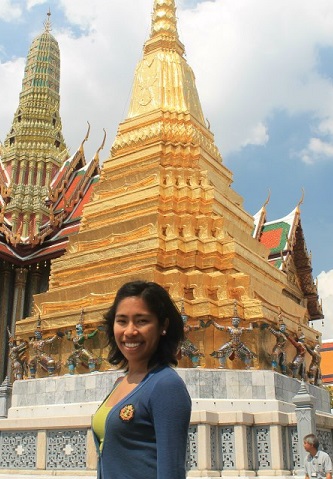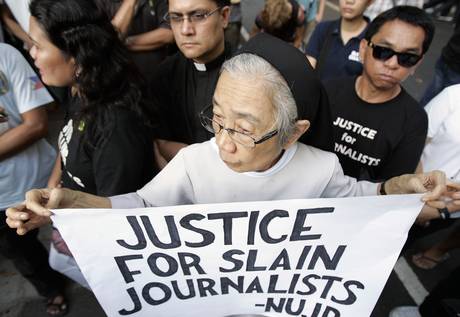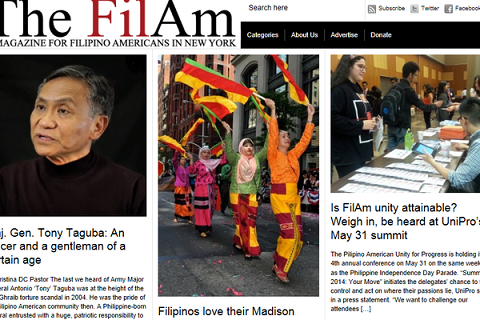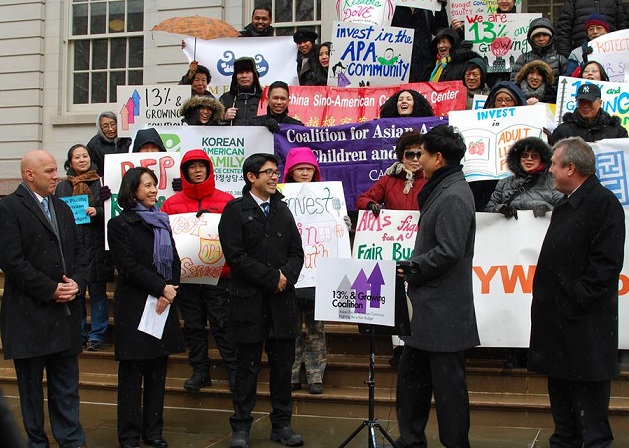The power of a count

KNOW YOUR RIGHTS: Are you paid for overtime hours?

‘We in New York are fighting for our fair share.’ Grand Central Terminal photo by Nicolai Berntsen/Unsplash
In our American Republic, there are two ways an individual can wield power. The first is by voting, and you have to be a citizen to do that. The second is by being counted in a once-every-10-year census, and you don’t have to be a citizen to participate.
Voting allows one to choose the officials who will manage our public lives. Even if we detest the banality of officials or their corruption, the vote represents a choice on governance.
The census is a bit more nuanced but probably just as critical. U.S. Census 2020 is supposed to count everyone who is living in the country. It doesn’t matter if you are here legally or not. When you fill out the form, you are counted and the information you provide is supposed to be confidential.
The numbers dictate how a $7 trillion pie of benefits is to be divided. It will determine how many seats in Congress a state gets, how much funding a school gets, what social service programs will be given priority. In a word, states or areas with bigger populations are allotted more benefits based purely on numbers.
Covered in the count are issues related to population; fertility, mortality, and growth rates; urban and rural population distribution; population projections, including age, sex, and marital status characteristics; labor force size; and minority population estimates.
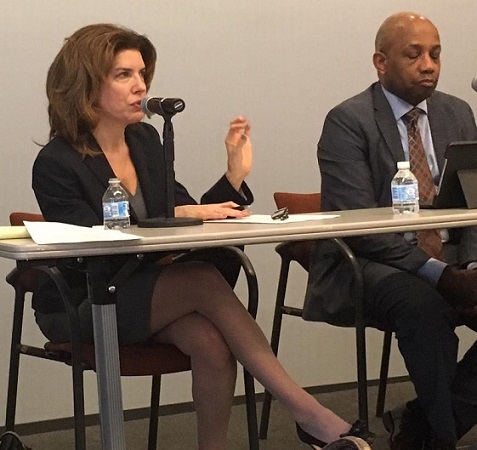
Julie Menin speaking before the community and ethnic media at the Craig Newmark Graduate School of Journalism at CUNY. To her left is moderator Errol Louis. The FilAm Photo
For Julie Menin, a daughter of Holocaust survivors and who was recently named director of census for New York City, the issue is fairly straightforward. “We in New York City are fighting for our fair share,” she said speaking before the community and ethnic media at the Craig Newmark Graduate School of Journalism at CUNY.
She viewed with disdain the attempt by the Trump administration to insert a “citizenship question” in the census form as a tactic to ensure minority communities are undercounted and denied services they are entitled to. She said inserting the citizenship question is a “blatant attempt” to suppress the count in Democratic-leaning states, such as New York, and “switch the funding to red states” – referring to states such as Alabama or Mississippi.
The lawsuit to block the citizenship question is now pending in the U.S. Supreme Court, and a verdict is not expected until June. “We will go to the mat on this,” she said.
The drive for activists in New York City is to bolster the response rate of people living in the metropolis: from Washington Heights at the northern tip of Manhattan to the southern reaches of Brooklyn. In Elmhurst, Queens – where many Filipino Americans live — the response rate in the 2010 census was at 64.2 percent. If you think that is good, think again. The response rate nationwide is 76 percent.
There are four ways to fill out the census form: Online, by phone, by mail, or door-to-door. The last method of knocking on apartments and houses is “not as accurate,” she said. “We have quite a ways to go.”
The immigration battle plays an enormous role in the census, which – we repeat — is a count of everyone living in the United States. Nowhere in the U.S. Constitution does it say the census is a count of citizens.
(C) The FilAm 2019



